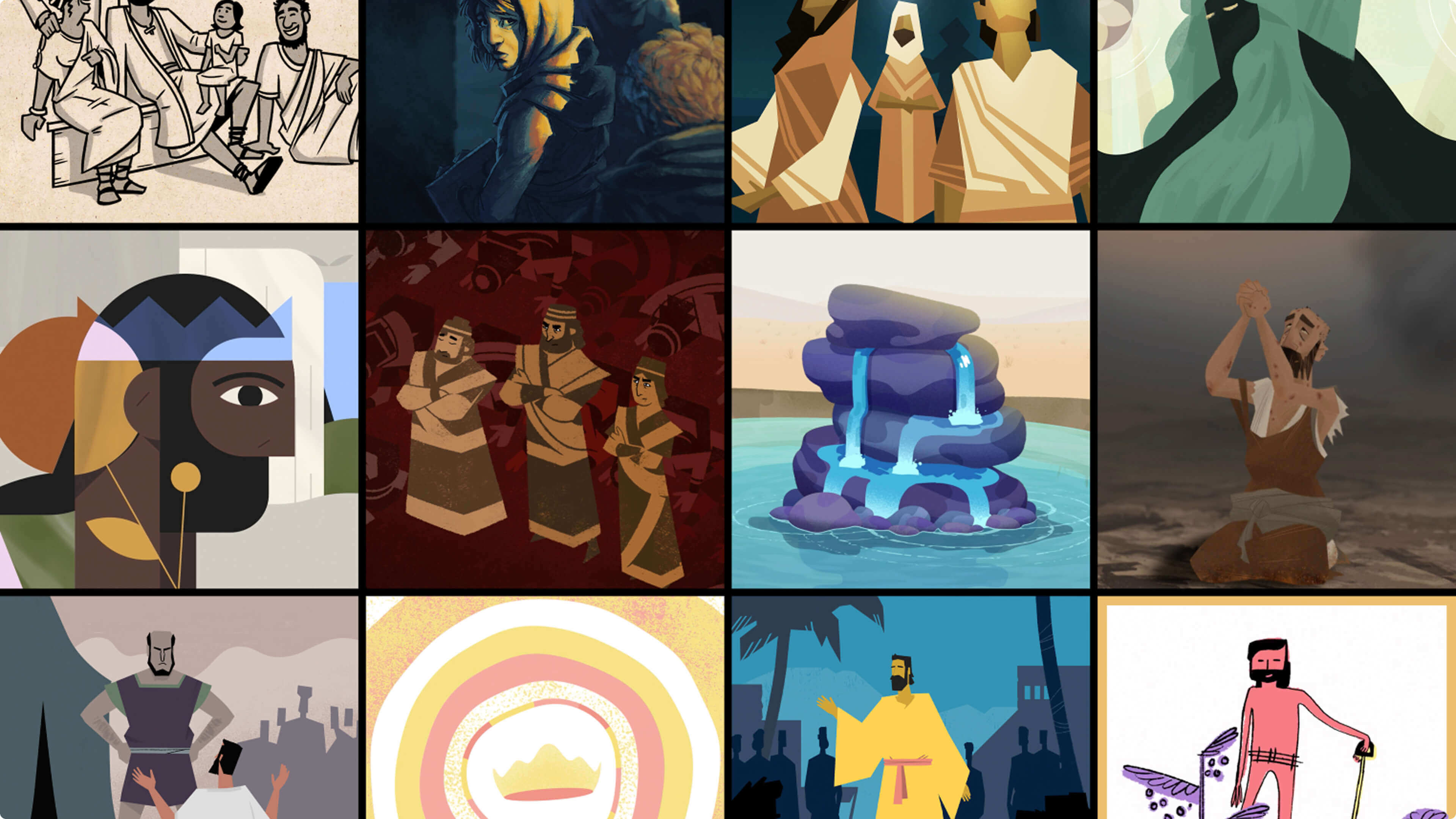
6:58

The Bible is filled with dreams and visions about human history coming to a climax, and they’re usually packed with intense imagery and strange symbols. In this video, we’ll explore the meaning of the word “apocalypse” in the Bible and learn some basic steps for reading this literature with more wisdom and insight.

Episode 17

Episode 1
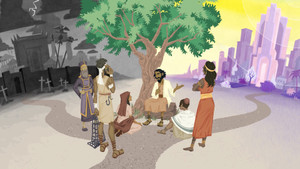
Episode 2

Episode 3
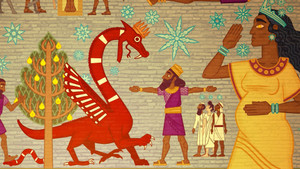
Episode 4

Episode 5

Episode 6
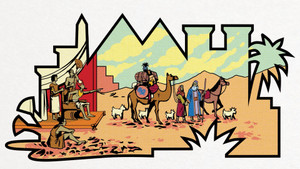
Episode 7
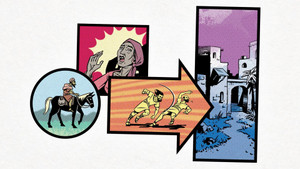
Episode 8
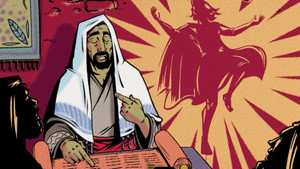
Episode 9
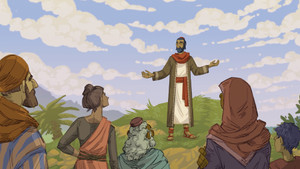
Episode 10
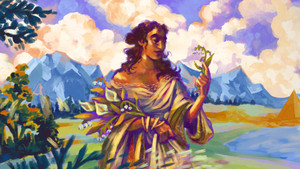
Episode 11
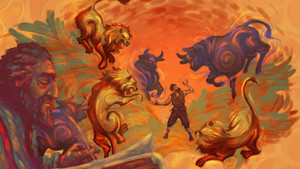
Episode 12
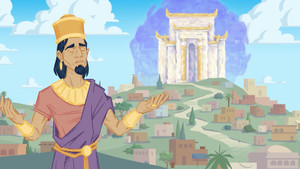
Episode 13
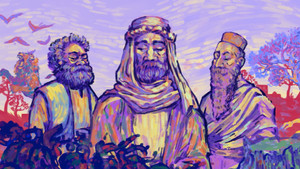
Episode 14
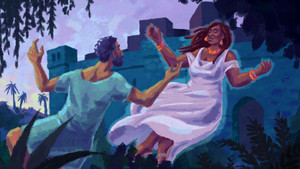
Episode 15
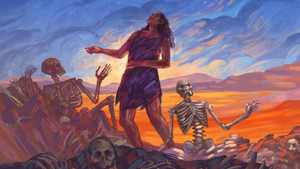
Episode 16

Episode 17

Episode 18
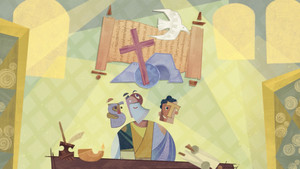
Episode 19